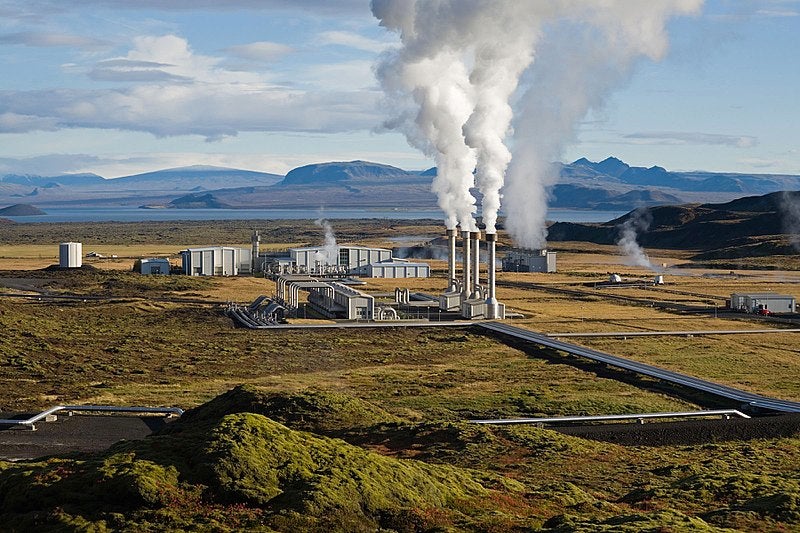
Demystifying Geothermal Energy Sources
First used in Italy in 1904, geothermal has been a consistent – and expanding – source of energy in recent years. According to the International Renewable Energy Agency (IRENA), geothermal energy has grown steadily from around 10GW worldwide in 2010 to 13.3GW in 2018.
So what is geothermal energy, how does it work and where is it prevalent?
Where does geothermal energy come from?
Geothermal energy is the heat that comes from the sub-surface of the earth. It is contained in the rocks and fluids beneath the earth’s crust and can be found as far down to the earth’s hot molten rock, magma.
To produce power from geothermal energy, wells are dug a mile deep into underground reservoirs to access the steam and hot water there, which can then be used to drive turbines connected to electricity generators. There are three types of geothermal power plants; dry steam, flash and binary.
Dry steam is the oldest form of geothermal technology and takes steam out of the ground and uses it to directly drive a turbine. Flash plants use high-pressure hot water into cool, low-pressure water whilst binary plants pass hot water through a secondary liquid with a lower boiling point, which turns to vapour to drive the turbine.
Where it’s used
Geothermal energy is used in over 20 countries. The United States is the largest producer of geothermal energy in the world, and hosts the largest geothermal field.
Known as “The Geysers” in California, the field is spread over 117 square kilometres and formed of 22 power plants, with an installed capacity of over 1.5GW.
The energy source is also prevalent in Iceland, where it has been used since 1907. Describing itself as a ‘pioneer’ of geothermal power, the country produces 25% of its energy from five geothermal power plants. This is due to the 600 hot springs and 200 volcanoes in the country.
Pros and Cons of geothermal energy
The British Geological Survey describes geothermal energy as a “carbon-free, renewable, sustainable form of energy that provides a continuous, uninterrupted supply of heat that can be used to heat homes and office buildings and to generate electricity.”
Geothermal energy only produces one-sixth of the CO2 produced by a natural gas plant and is not an intermittent source of energy like wind or solar. Its potential production could reach at least 35GW and as high as 2TW.
However, there are some drawbacks to the energy source. Despite low CO2 production geothermal has been associated with other emissions like sulphur dioxide and hydrogen sulphide.
Similar to fracking, geothermal power plants have been the cause of mini tremors in the area they operate in and also has a high initial cost to build. It is also described as “the most location-specific energy source known to man” due to its activity being along the tectonic plates of the earth’s crust. As such, it is limited to countries such as the aforementioned US and Iceland, alongside Kenya and Indonesia.



